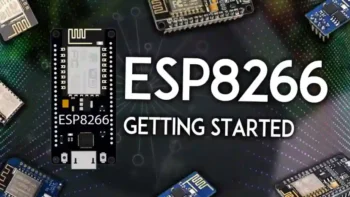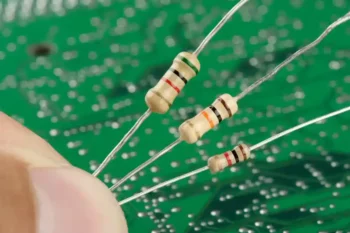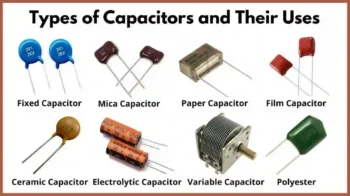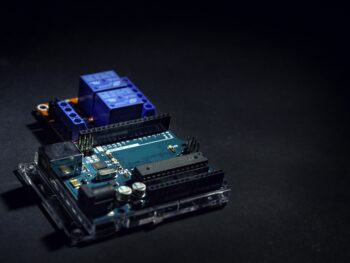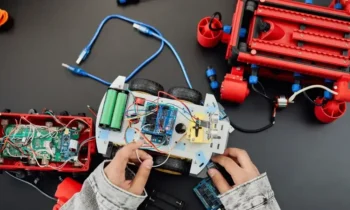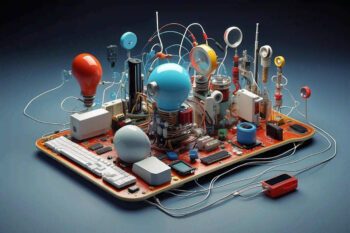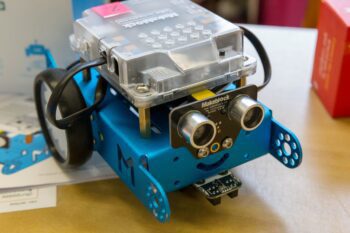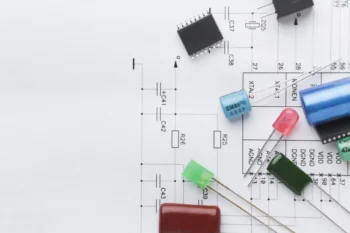Table of Contents: Introduction What Is NodeMCU? Understanding ESP8266 NodeMCU vs. ESP8266: Key Differences Why NodeMCU and ESP8266 Are Popular for IoT Projects Applications of NodeMCU and ESP8266 in IoT Getting Started with NodeMCU and ESP8266 Advantages and Disadvantages of Using NodeMCU and ESP8266 Conclusion Introduction: NodeMCU and ESP8266:- One of the most challenging tasks […]
Tag Archives: DIY electronic kits
Table of Contents: Introduction: Ceramic capacitors are indispensible in modern electronics. They perform various roles in circuits that vary from smart-phones to industrial equipment. They offer reliable performance, cost effectiveness, and the flexibility involved in selecting a suitable type for your project. Here’s what you need to know about the structure, applications, and types of […]
Probably the most fundamental components in any electronic circuit are resistors. Resistors limit currents, distribute voltages, and provide protection to other components from damage.
Capacitors are a fundamental component of almost every electronic equipment. Cell phones, industrial machinery, etc.
Arduino Uno is the most friendly and easy-to-use microcontroller board, offering opportunities for students to explore electronics and programming. It has become more than useful for working in the realm of school projects as well as embedded systems. We will be talking about some of the best student projects with the Arduino Uno and utilizing very popular components such as HC-SR04 Ultrasonic Sensor, 16×2 LCD Display, and many resistors and capacitors that are affordable and readily available in markets.
Robot building is an interesting but complicated undertaking, especially as regards the choice of motors and drivers in a project. It helps ensure the robot moves in a smooth and stable path in whatever direction. Any robot, from a simple wheeled to something really complex and almost like a robotic arm, needs a clear understanding of motors and drivers as an ideal path to success. Below is a resource guide for a beginner which shall provide you with knowledge to make the right choice when it comes using such critical parts for your robot.
A mini project with a hands-on approach in electronics and communication engineering is an avenue wherein a student can turn theoretical knowledge to practical solutions. Mini projects offer a chance of teaching technical skills by means of real-world problems that have been topical at the fast-moving pace of today’s technological landscape. Here are some interesting mini projects using very popular electronic components such as Arduino Uno, ultrasonic sensors, and LCD displays in creating a working and impactful solution.
The IoT technology has transformed industrial automation. Industrial automation aids in the efficient and safe connection of machines, sensors, and other devices by the IoT. This paper takes up key concepts of IoT-based industrial automation, which are explored through common components and applications appropriately optimized for relevant keywords and products.
Are you searching for a precise, reliable, and cost-effective method to measure distance, level, or detect the presence of an object? If so, an ultrasonic sensor might be exactly what you need. This blog post explores the essence of ultrasonic sensors, explaining their working principle, usage, and a wide array of applications. Continue reading to […]
Navigate the complexities of electronic component procurement with proactive anticipation, strategic planning, and collaborative supplier relationships. Explore pivotal strategies to streamline acquisitions, fortify operations, and stay ahead in a dynamic market.
- 7 Powerful Reasons to Choose Ni Metal Hydride Batteries Over Others
- Why Your TV Remote Cell Matters More Than You Think : 7 Surprising Reasons
- Arduino Ide | Building a Wireless Bluetooth Controlled Robot Car with Arduino ide : A Complete Instruction
- 5 Things Make Electrical Batteries the Best Choice for 2023
- Electrolytic Capacitor vs Ceramic Capacitor: Uncover the Shocking Differences | 2 Types of Capacitors

